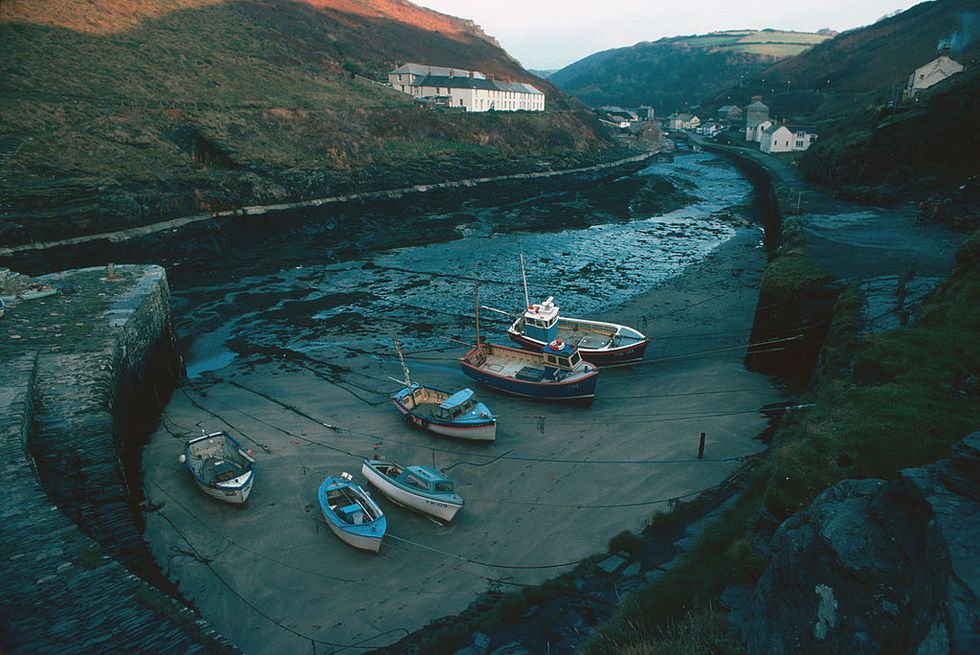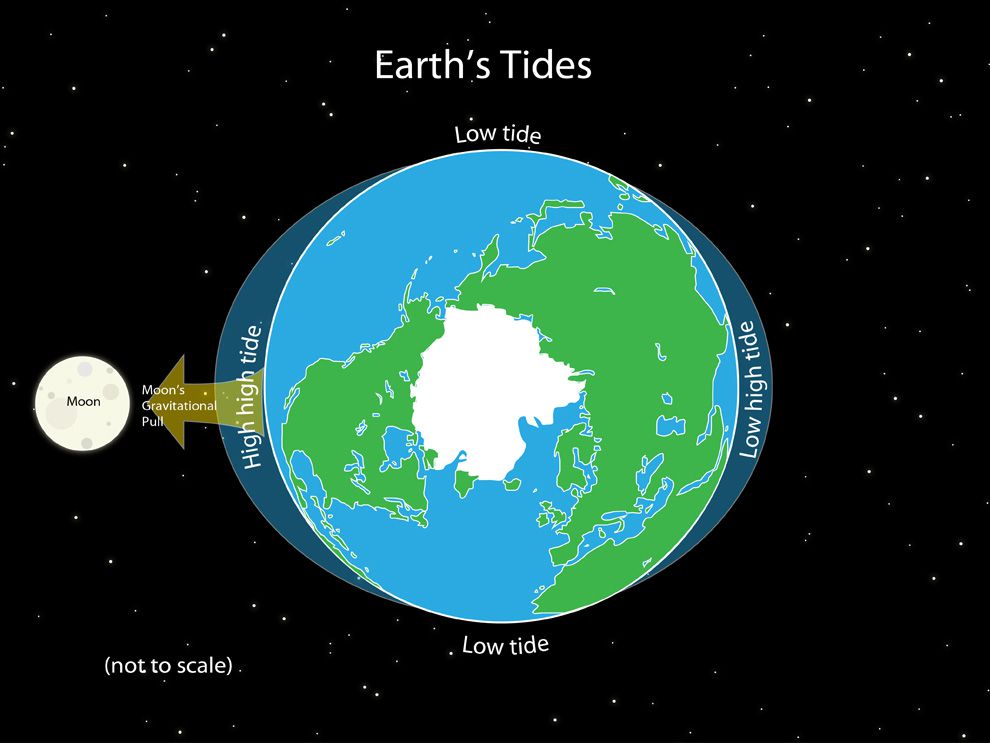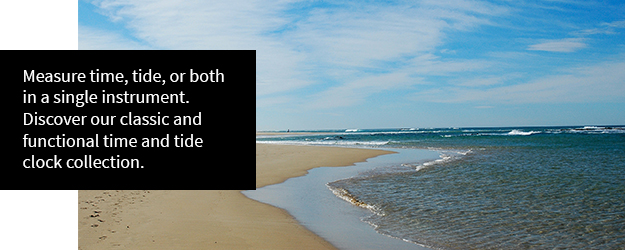What Are Tides and How Do They Work?

Both high and low tides are caused by the Moon and its gravitational pull. As the Earth rotates, the Moon’s gravity pulls on different parts of the planet, even the land in very small amounts. While the Moon cannot easily pull the land of the Earth, water has a much easier time moving around and is naturally drawn in the direction of the Moon, causing water to “bulge out” on the sides of the Earth that are closest to and furthest from the Moon. This is called the tidal force, and those opposite “bulges” of water are high tides. Tides are one of the most reliable phenomena in the world. As the sun rises in the east and the stars come out at night, we know that ocean waters will regularly rise and fall along our shores.
Tides are very long-period waves that move through the ocean in response to the forces exerted by the moon and sun. Tides originate in the ocean and progress toward the coastlines where they appear as the regular rise and fall of the sea surface. Let’s dig a little deeper into how tides work, what causes them, and how you can use a time and tide clock at home to monitor them.
How Do Tides Work?
Tides change through four phases:
- Flood Tide: When Sea level rises over several hours, covering the intertidal zone.
- High Tide: When the water rises to its highest level.
- Ebb Tide: When Sea level falls over several hours, revealing the intertidal zone.
- Low Tide: When water ceases to fall.
The currents produced by tides are called “tidal streams.” The moment this tidal current stops pulling and the water ceases, it is called a “slack tide” and indicates the impending reversal of the tide.
What Causes High and Low Tide?
When the highest part, or crest, of the wave reaches a particular location, high tide occurs; low tide corresponds to the lowest part of the wave, or its trough. The difference in height between the high tide and the low tide is called the tidal range.
While tidal force is distributed similarly at the closest and farthest points of the Earth, in real life, the Earth isn’t all ocean or covered in an even layer of water. Continents get in the way, preventing the water from perfectly following the Moon’s gravitational pull. Therefore, in some locations, there is not much difference between high and low tides, but in others, the difference is dramatic.
Just like the Moon, the Sun also causes tides — though to a lesser extent. When the Earth, Moon, and Sun line up (such as during full or new moons), the solar and lunar tides reinforce one another. This leads to more extreme tides, also known as “spring tides.”
How Frequently Do Tides Rise?
While everyone is familiar with the standard 24-hour solar day, high and low tides operate on a lunar day which is 24 hours and 50 minutes long. The lunar day is 50 minutes longer than a solar day because the moon revolves around the Earth in the same direction that the Earth rotates around its axis. That means it takes the Earth an extra 50-minute to “catch up” to the moon.
Because the Earth rotates through two tidal “bulges” each lunar day, most coastal areas experience two high and two low tides every 24 hours and 50 minutes. High tides occur every 12 hours and 25 minutes apart. It takes 6 hours and 12.5 minutes for water at the shore to go from high-to-low or from low-to-high.
Monitoring Tides at Home
Analog or digital tide clocks are most accurate for use on the Atlantic coasts of America and Europe. This is because along the Atlantic coastline the moon controls the tides predictably, ebbing and flowing on a regular schedule. However, in other parts of the world such as along the Pacific Coast, tides can be irregular. The Pacific Ocean is so vast that the moon cannot control the entire ocean at once. The result is that parts of the Pacific Coast can have 3 low tides a day. Similarly, there are areas in the world like the Gulf of Mexico or the South China Sea that have only one high tide a day. Mechanical tide clocks used on the Pacific Coast must be adjusted frequently, often as much as weekly, and are not useful in diurnal areas (those with one tide per day).
If you live near the Atlantic Ocean and are curious to know when high and low tide is at your location, be sure to check out the Maximum Harbormaster Tide Clock or the Cronus digital tide clock on Maximum-inc.com.


